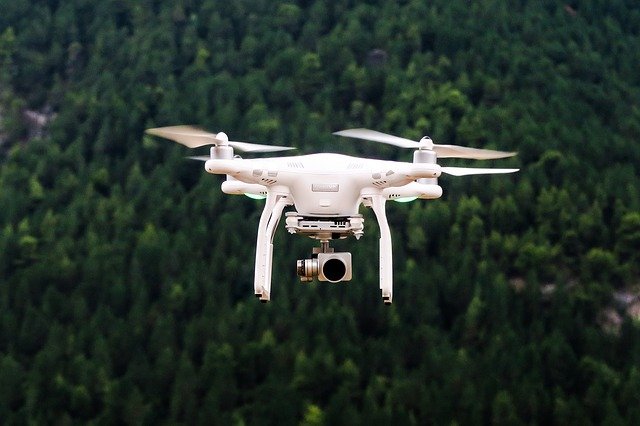
As a commercial drone pilot, you’ve got to know the key terms of the flying world to be successful.
“Sparsely Populated” may not immediately spring images of quad-rotor flying machines to mind, but believe me, you need to know what a sparsely populated area is.
Fortunately, we’ve got the breakdown for you right here.
Terms are important. You need to communicate with other aviators and air traffic controllers in any scenario, especially if or when something goes wrong. If two drone pilots utilize different words to describe the same events, there is bound to be confusion.
I want to help you avoid this trouble. Here’s what you need to know!
Where is “sparsely populated” mentioned?
The Federal Aviation Administration mentions “sparsely populated” in the “Operation from a moving vehicle or aircraft” paragraph in 14 CFR Section 107.25:
No person may operate a small uncrewed aircraft from a moving land or water-borne vehicle unless the small uncrewed aircraft is flown over a sparsely populated area and is not transporting another person’s property for compensation or hire.
The question is: Can I operate a drone from a moving vehicle?
Sorry, friend. No, you can’t. Not unless you meet a very specific exception – if you’re operating the aircraft over a sparsely populated area without taking cash to tow someone else’s stuff.
What’s “sparsely populated”, anyway?
The FAA does not clearly define the phrase sparsely populated.
Instead, according to Pilot Institute:
According to the FAA, determining whether an area is sparsely populated is “typically fact-dependent”. What this likely means is that they will take a case-to-case approach when assessing circumstances that involve the operations of drones from moving vehicles.
The FAA has also avoided stating a definition for the term until they gain enough experience or data about low-altitude drone operations.
What these ambiguous statements imply is that the FAA has not come up with a clear-cut definition yet of the ‘sparsely populated’ term but probably intends to do so in the future.
Those who are taking part in the drone-related quasi-industrial revolution that’s taking place right now probably know that the world of drones is relatively very new, and as the realm of drones ages there will almost certainly be additional clarity in situations like these.

Concluding Thoughts
If you’re having any trouble discerning what type of facts or indicators you should look out for, err on the side of caution.
Know your FAA guidelines, and operate accordingly. Do your part as a responsible drone operator to help make the airspace a better place!
What do you think about this story? Share this out on the social media platform of your choice, tag us, and let us know!



